Dust Collection
Dust collection is the process of removing dust particles from the air using a system of equipment, such as a dust collector, that captures and contains the dust for safe disposal. Dust collection is a critical process used in various industries to remove dust and other airborne particles from the air to improve air quality and protect the health and safety of workers. Read More…
Scientific Dust Collectors (SDC) began in 1981 when our first patent for improving filter cleaning was issued. Since then, SDC has been issued a number of additional related patents for improvements in dust collector cleaning technologies including our patented nozzle-based cleaning system which is superior to other collectors. Combined with our High Side Inlets, Wide Filter Spacing, and Inlet...
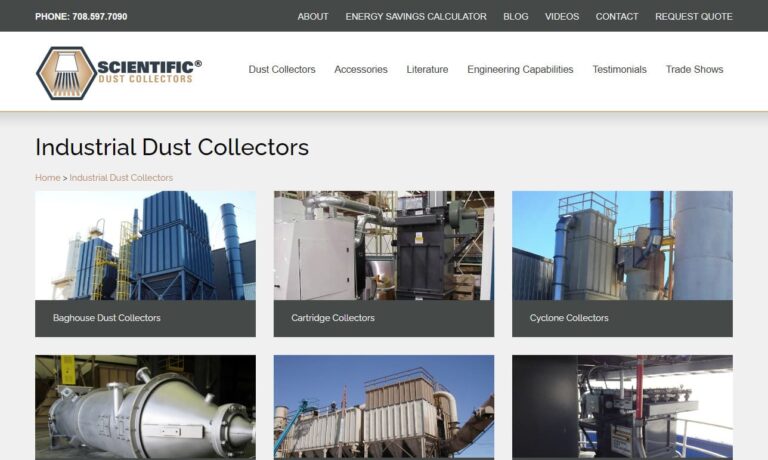
Griffin Filters is a trusted and dedicated leading manufacturer in the dust collector industry. We offer a wide selection of dust collectors with customization options available in order to serve various industries. Our experts are committed to manufacturing high-quality dust collectors that fit our customers' needs at competitive prices. Since its start in 1950, Griffin Filters has been setting...
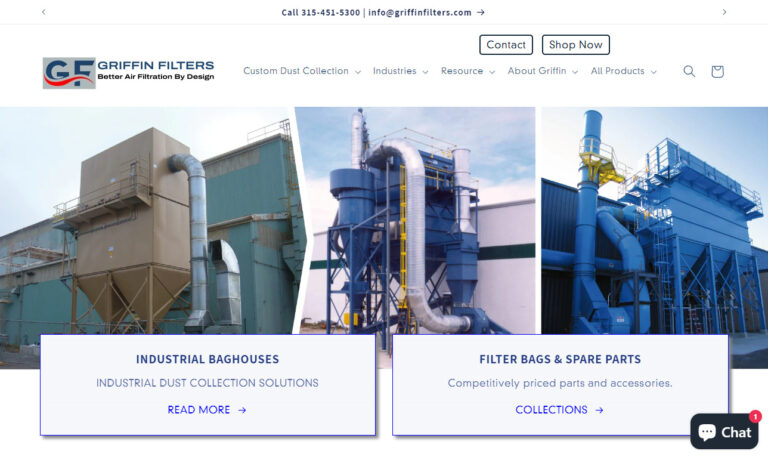
Our world-class facilities set us apart from the competition. We work hard to make our customers happy with our air filters. We can provide what you need to keep your air clean in whatever industry you are in. Our goal is to exceed your expectations so you can focus on what you do best! Whether you need support in design, products, delivery, or support, we can supply it all!
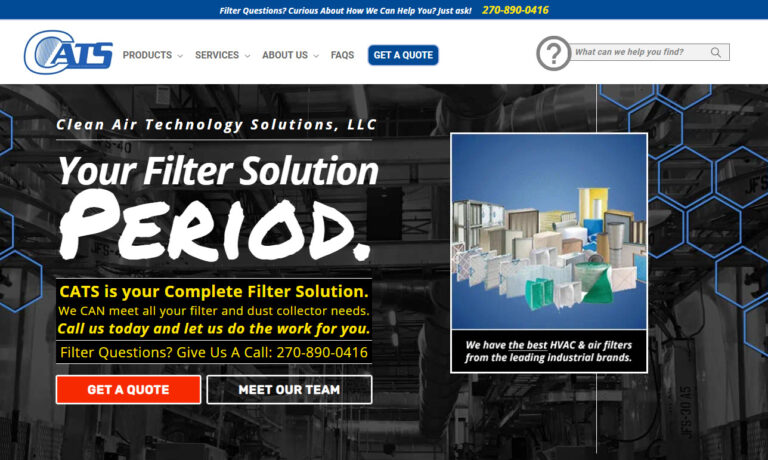
Ever since our inception in 1989, Robovent has been a leader in the manufacturing and design of ventilation and filtration systems. We have experience coming up with solutions to protect our customers from a wide range of dust, including aluminum dust, cast iron grinding dust, fertilizer dust, and more. Industries we serve include automotive, military, construction, medical, and aerospace. For a...
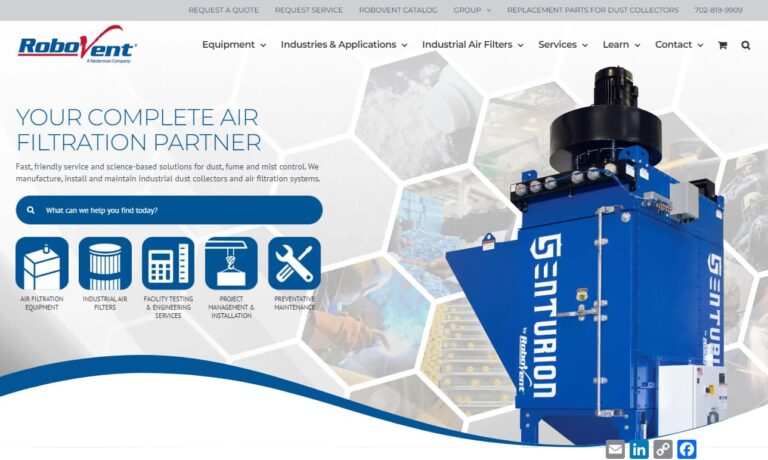
Our world-class facilities set us apart from the competition. We work hard to make our customers happy with our dust collector systems. We can provide what you need to keep your air clean in whatever industry you are in. Our goal is to exceed your expectations so you can focus on what you do best! Whether you need support in design, products, delivery, or support, we can supply it all!
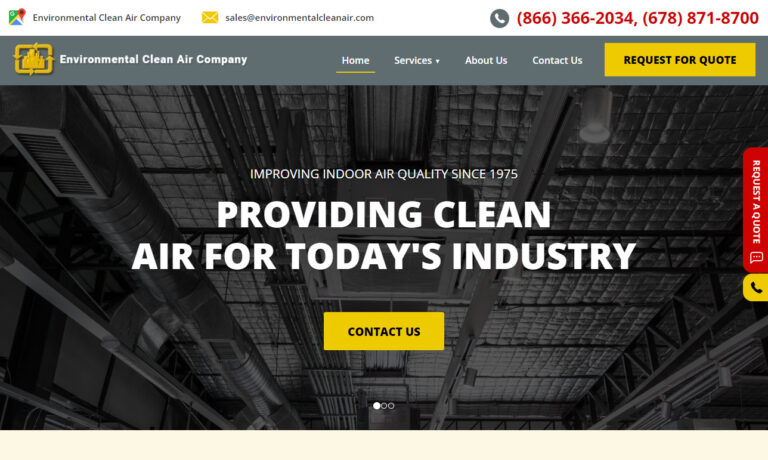
Here at Camfil APC, we understand that during the manufacturing process dust and other pollutants are introduced to the air. In order to combat this we have a wide variety of dust collecting systems that include, but are not limited to, our Gold Series® Industrial Dust Collector, Quad Pulse Package, and our Zephyr III®. We service the food & beverage, chemical processing, pharmaceutical,...
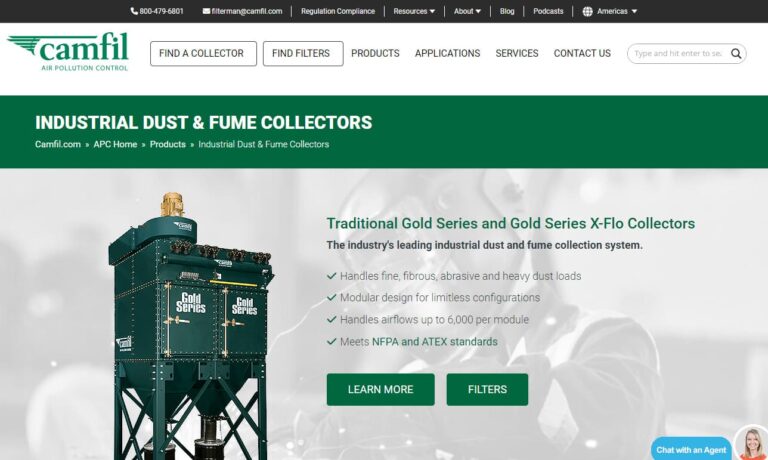
Our dust collecting systems are designed to eliminate respirable airborne contaminants from the work environment. Eliminating airborne contamination in the workspace can lead to better employee performance and a lower rate of absenteeism.

More Dust Collection Manufacturers
Components of a Dust Collection System
A dust collection system is made up of several components that work together to remove dust particles from the air. The dust collector is a key component of the system and is responsible for capturing and containing the dust particles. It works by pulling air through a filter or separator, which captures the dust and other particles and allows clean air to pass through. However, a dust collector alone is not enough to effectively remove dust from the air. The system also includes ductwork, which connects the dust collector to various sources of dust and transports the captured dust to the collector. Hoods are used to capture the dust at the source, and fans are used to create the necessary airflow to move the dust through the system. Filters are used to ensure that clean air is returned to the workplace. The specific components used in a dust collection system depend on the type of dust being generated and the requirements of the application. Properly designed and maintained dust collection systems can significantly improve air quality in the workplace and reduce the risk of health problems and equipment damage.
Types of Dust Collection Systems
There are various types of dust collection systems, each with its own set of advantages and disadvantages. Cyclone collectors use centrifugal force to separate dust and other particles from the air stream and are ideal for applications that generate large volumes of dust, such as woodworking and metalworking. Baghouse collectors use fabric bags to filter out dust particles from the air and are ideal for applications that generate fine dust particles, such as pharmaceutical and food processing. Cartridge collectors, meanwhile, use pleated filter cartridges to capture dust particles and are ideal for applications that require high-efficiency filtration, such as welding and plasma cutting. Wet scrubbers, on the other hand, use water to remove dust particles from the air and are ideal for applications that generate sticky or corrosive dust particles, such as chemical processing and cement manufacturing. Finally, electrostatic precipitators use an electric charge to remove dust particles from the air and are ideal for applications that generate high volumes of fine dust particles, such as power generation and mining.
Considerations Regarding Dust Collection
While dust collection systems offer numerous benefits, there are also some considerations to keep in mind. One potential issue is the cost of installing and maintaining a dust collection system. These systems can be expensive to purchase and install, and they require regular maintenance to ensure they continue to operate effectively. Another consideration is the potential for fire or explosion if dust is not properly contained and handled. Certain types of dust, such as those generated by woodworking or metalworking, can be highly flammable and pose a risk if not properly handled. Finally, it's important to note that dust collection systems can impact energy consumption. Some systems require significant amounts of energy to operate, which can increase energy costs for a business.
Benefits of Dust Collection
Despite these considerations, dust collection offers several benefits to businesses and employees alike. One of their primary benefits is improved air quality in the workplace. Dust particles can cause respiratory issues and other health problems, and removing these particles from the air can help reduce the risk of these issues. Additionally, dust collection can help prevent equipment damage by reducing the amount of dust that settles on machinery and other equipment. This can help prolong the lifespan of equipment and reduce maintenance costs. Additionally, dust collection can also help improve overall cleanliness in the workplace by reducing the amount of dust and debris that accumulates on floors and surfaces. Finally, dust collection can help businesses comply with environmental regulations by reducing the amount of dust and other particles that are released into the atmosphere.
Applications of Dust Collection & Dust Collection Systems
Dust collection and dust collection systems have numerous applications across a wide range of industries. Woodworking, metalworking, and welding are just a few examples of industries that generate large amounts of dust and require effective dust collection systems to protect workers and equipment. In these applications, cyclone or baghouse dust collectors are often used, as they can handle large volumes of dust and effectively capture fine particles. In pharmaceutical processing and food processing, dust collection systems are used to maintain a clean and hygienic environment, as well as to protect products from contamination. In these applications, high-efficiency particulate air (HEPA) filters and wet scrubbers are often used to capture and contain dust particles. In chemical processing and cement manufacturing, meanwhile, dust collection systems are used to control emissions and protect workers from harmful dust exposure. In power generation and mining, on the other hand, dust collection systems are used to control the release of dust and other harmful particles into the air. In these applications, electrostatic precipitators and fabric filters are often used to capture and contain dust particles. Overall, the specific applications for dust collection and dust collection systems vary depending on the industry and the type of dust being generated, but the benefits of effective dust collection systems are clear: they protect workers and equipment, improve air quality, and reduce the risk of health problems and equipment damage.
Choosing the Best Dust Collection System Manufacturer
To ensure you have the most productive outcome when purchasing a dust collection system from a dust collection system manufacturer, it is important to compare several companies using our directory of dust collection system manufacturers. Each dust collection system manufacturer has a business profile page highlighting their areas of experience and capabilities, along with a contact form to directly communicate with the manufacturer for more information or to request a quote. Review each dust collection system business website using our patented website previewer to quickly learn what each company specializes in. Then, use our simple RFQ form to contact multiple dust collection system companies with the same form.

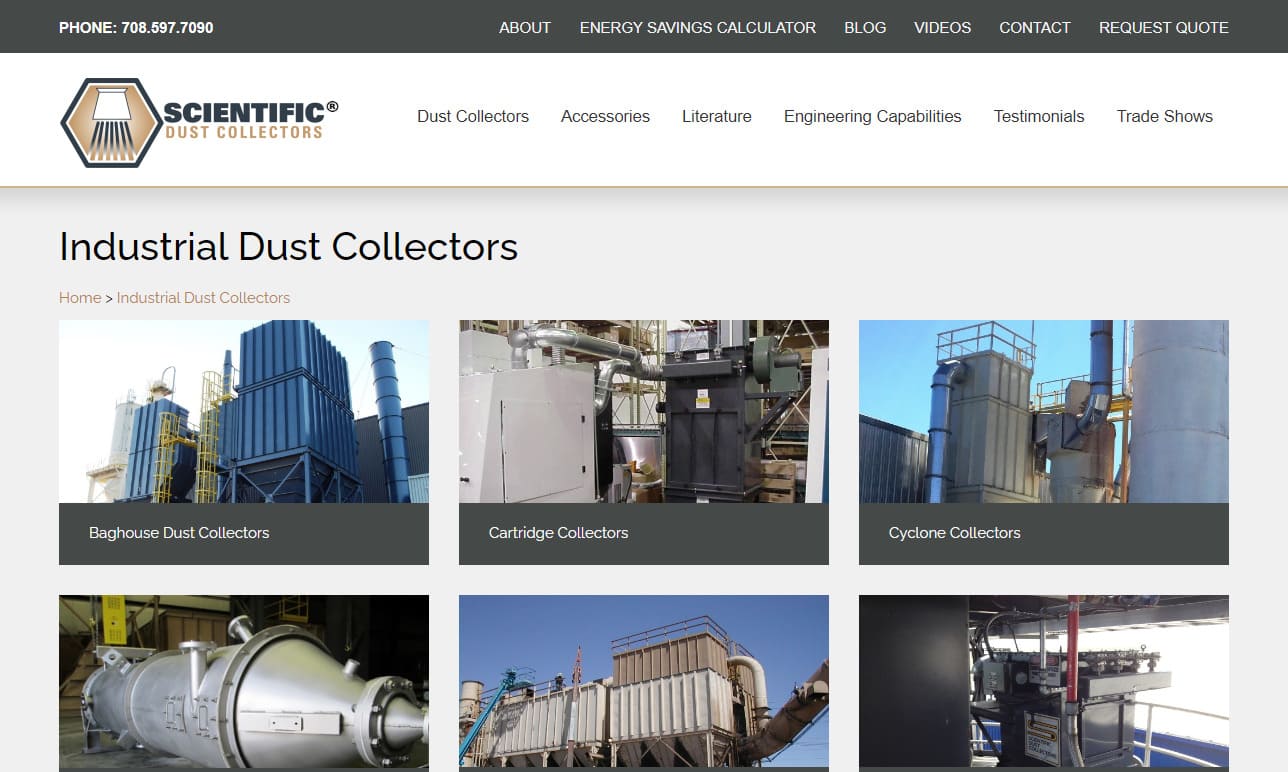
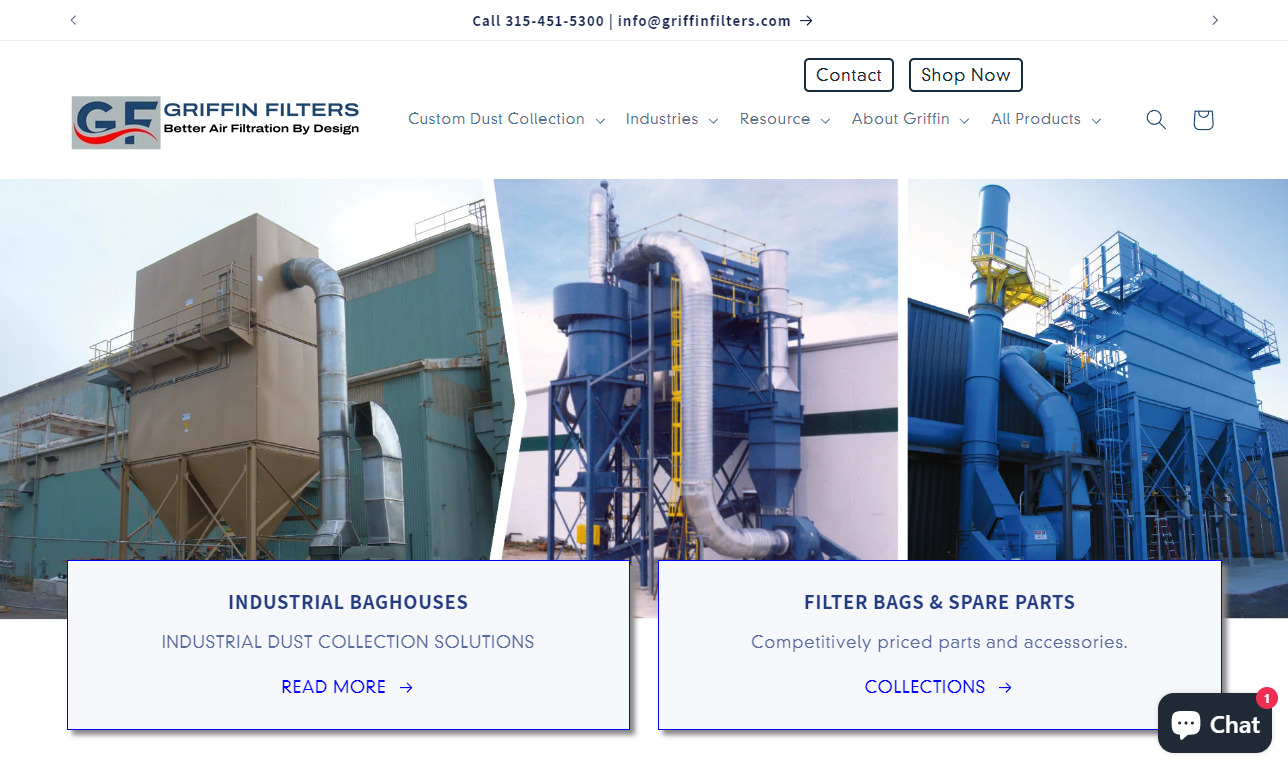
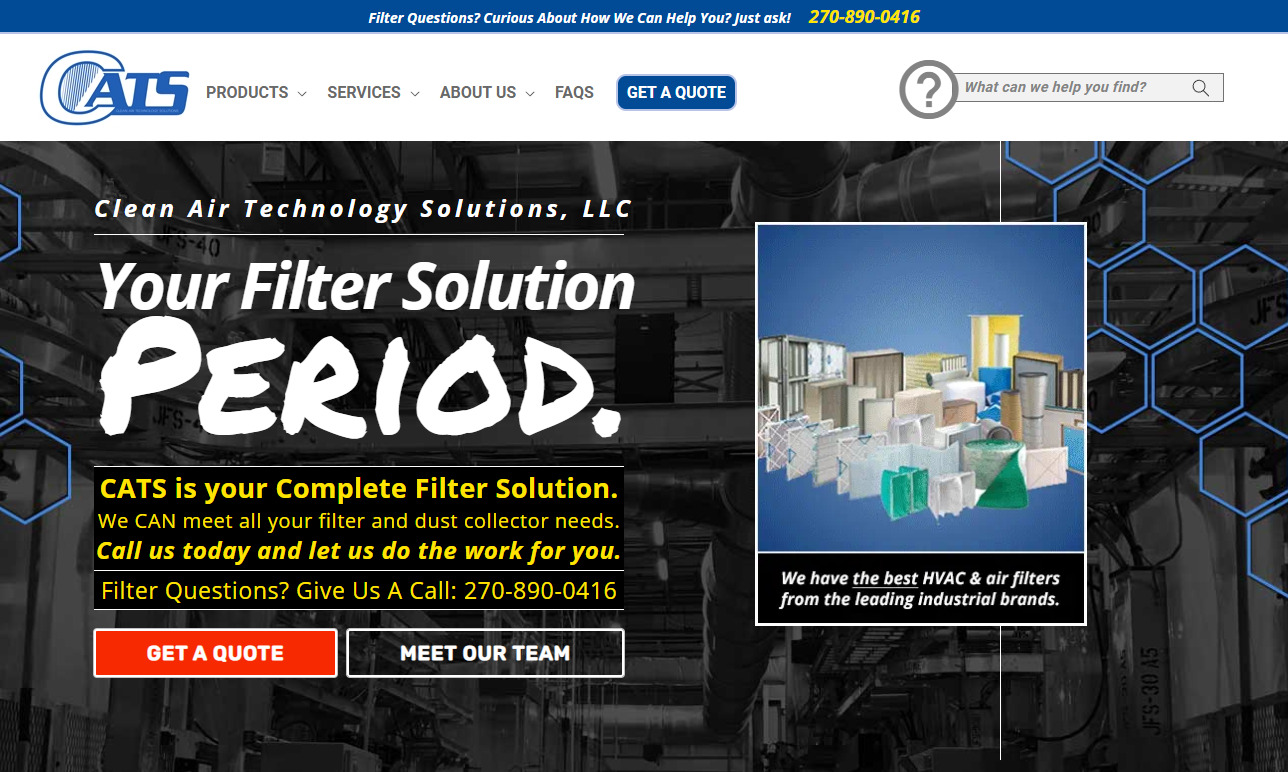
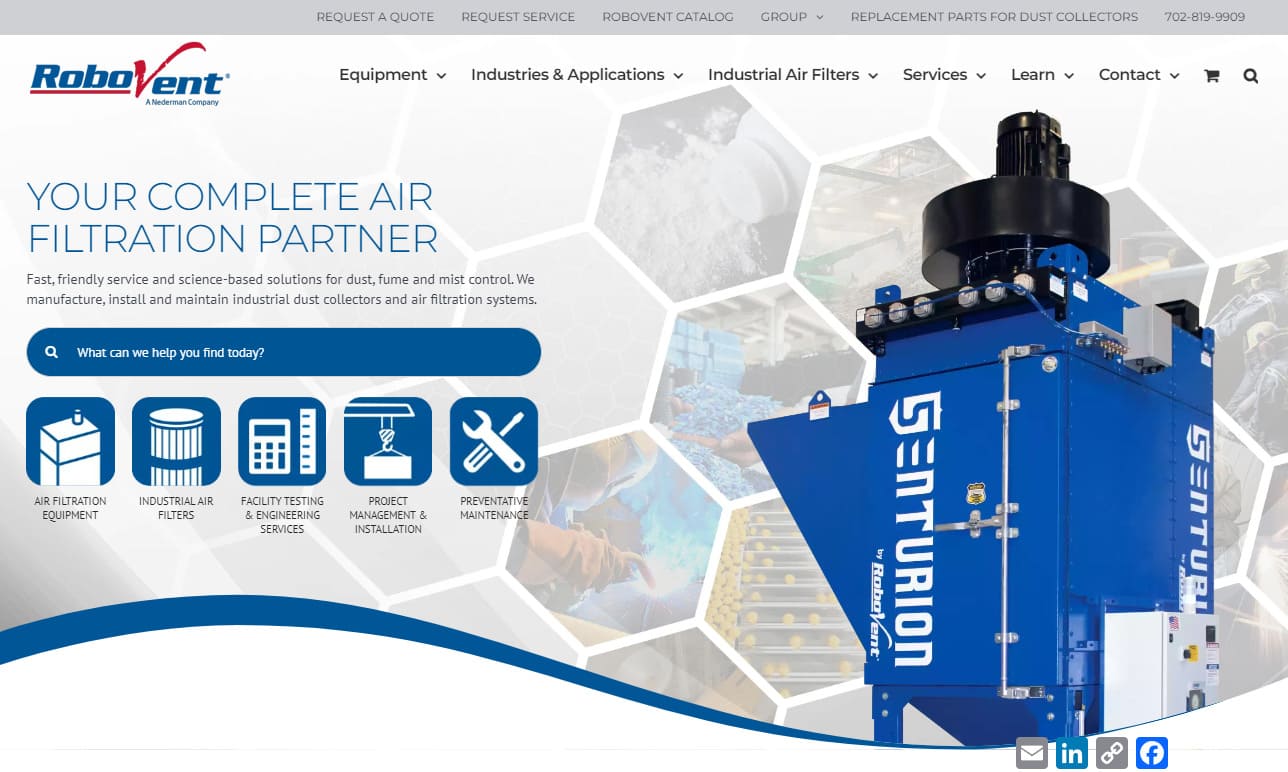
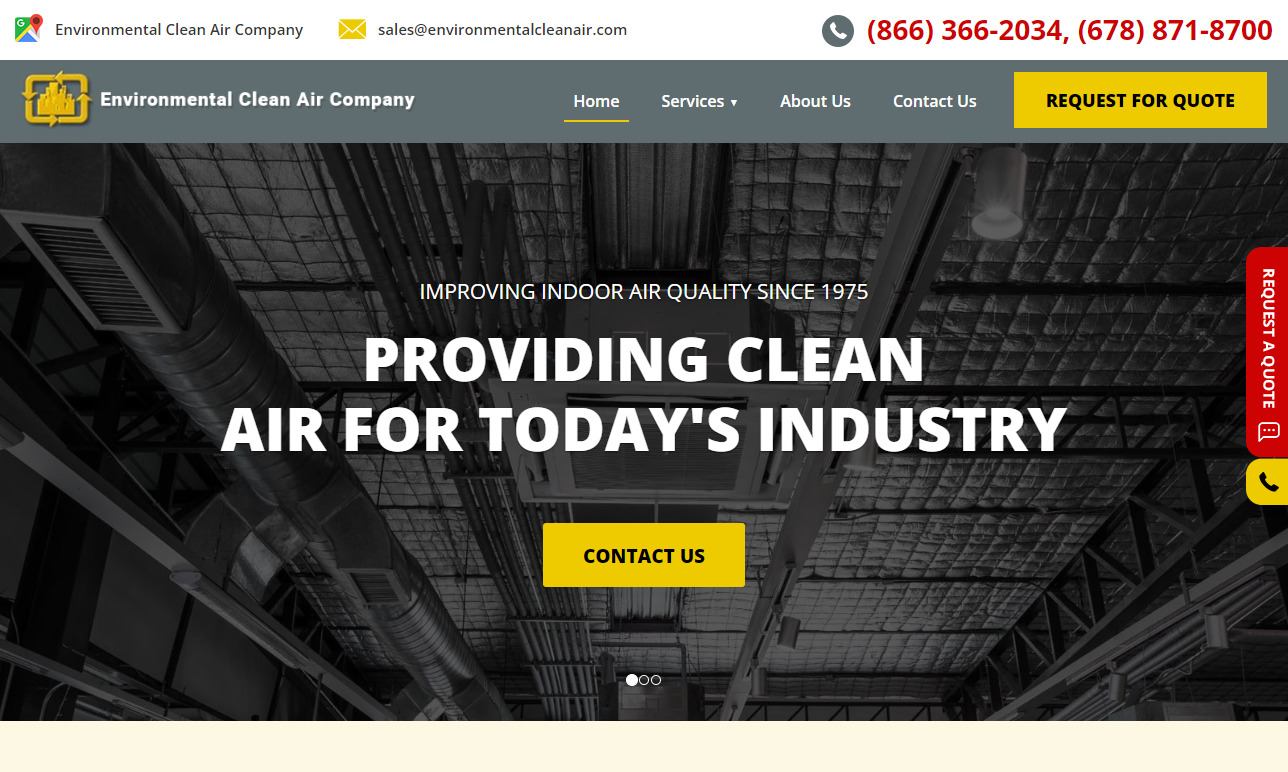
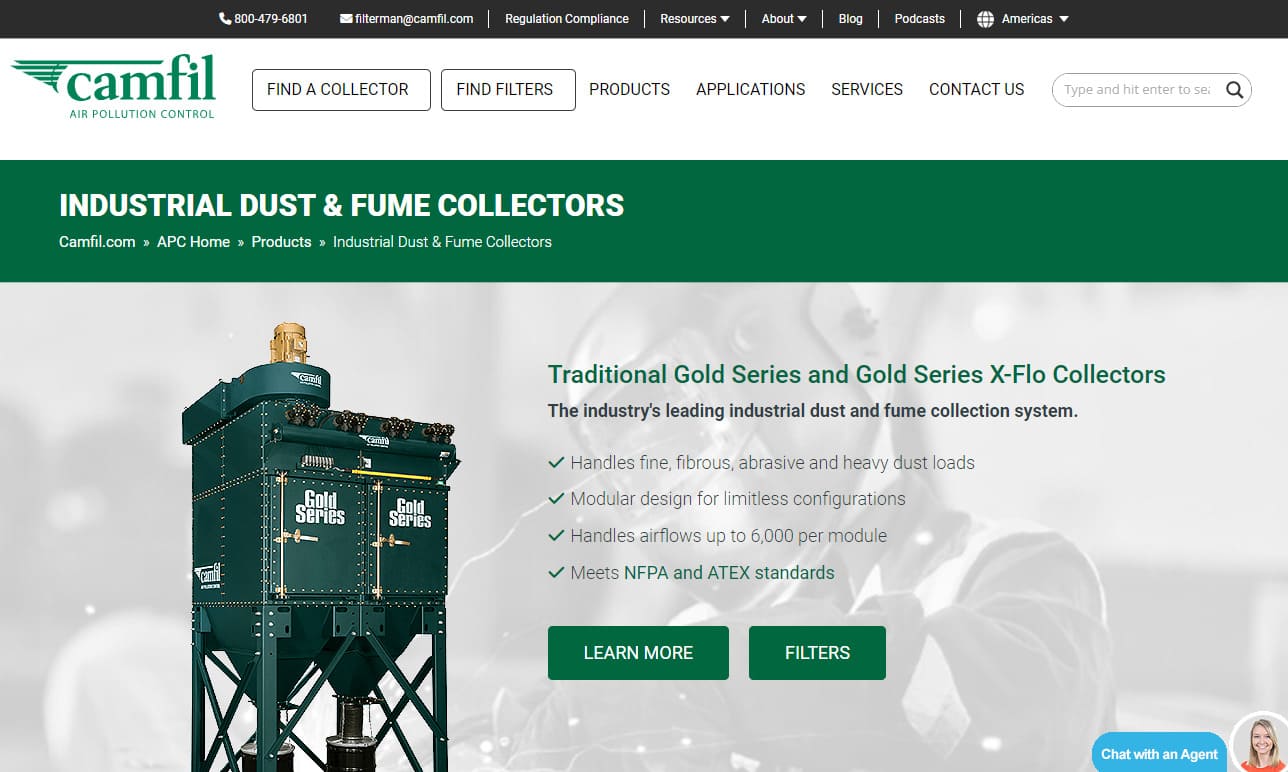
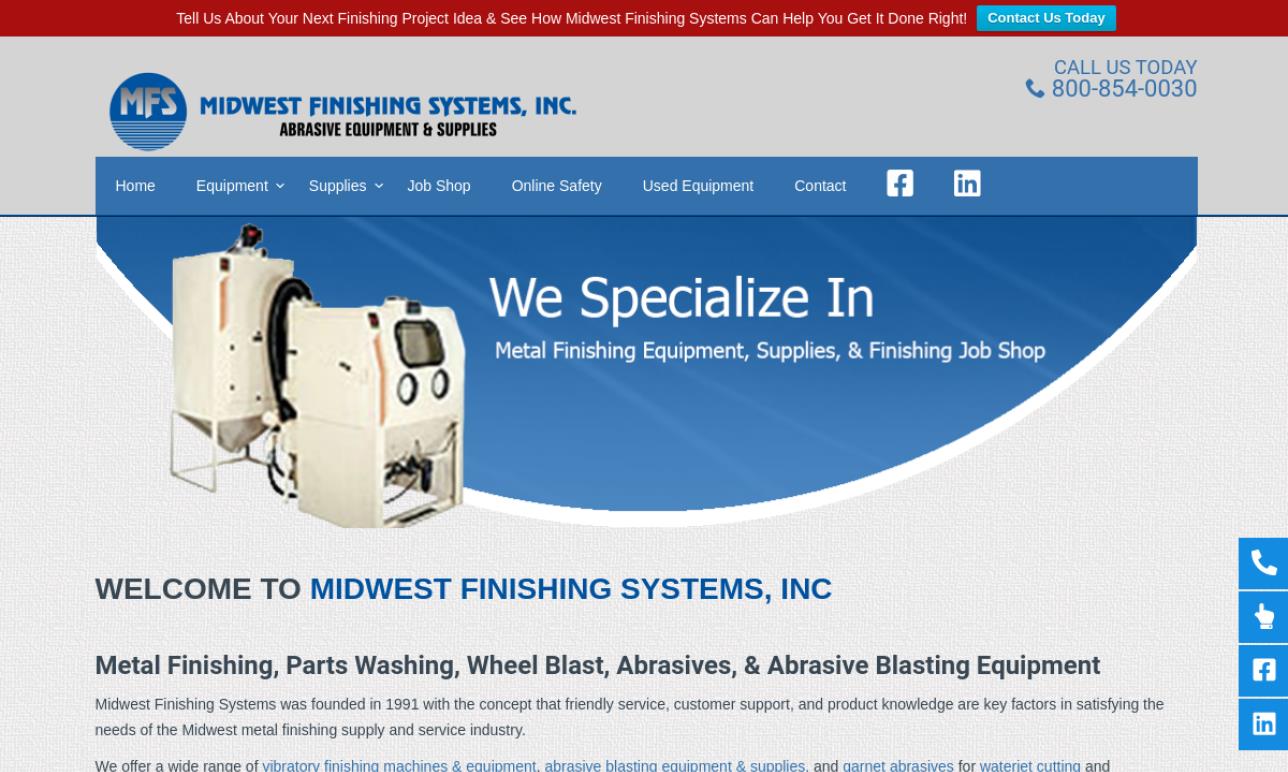
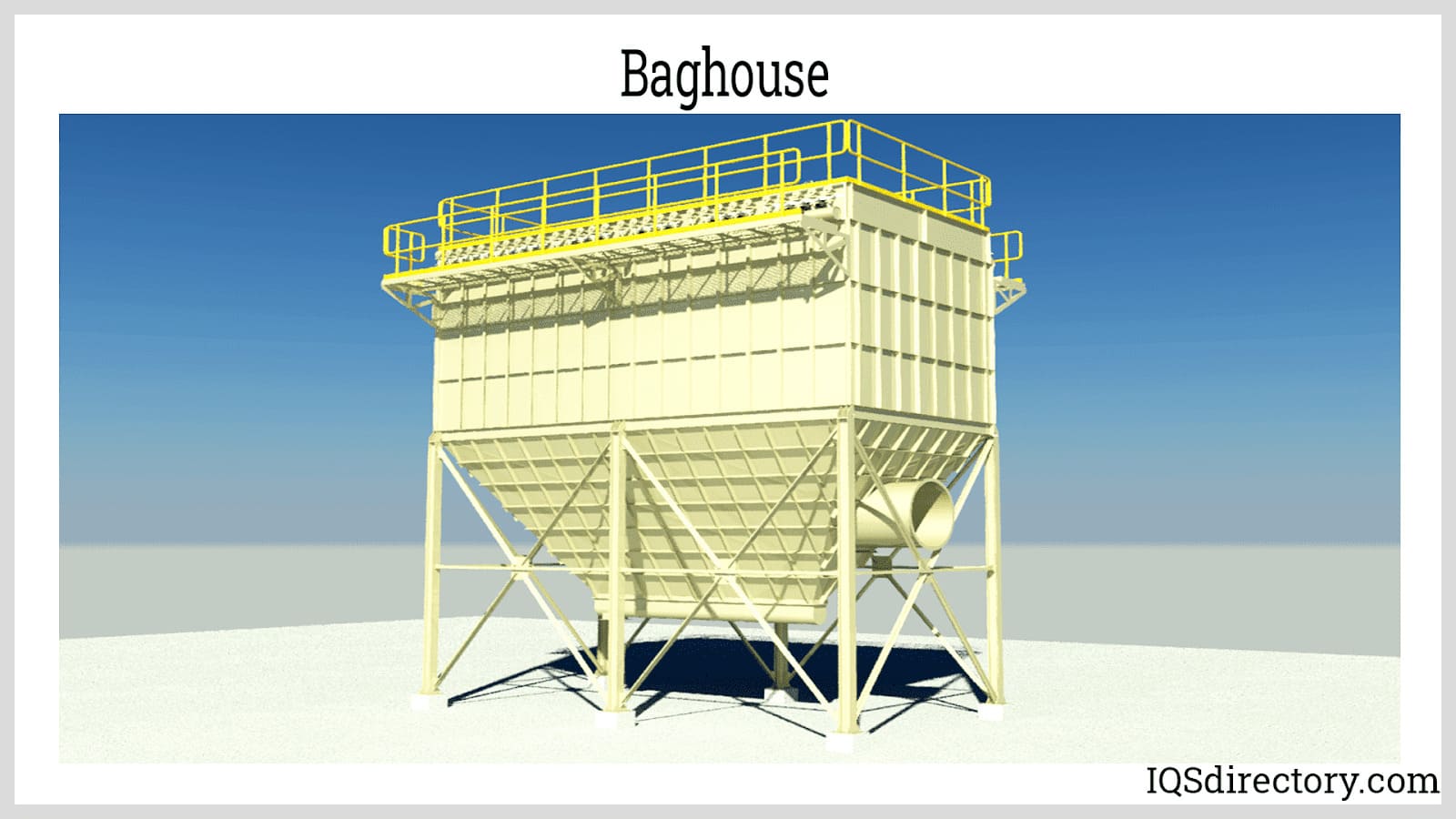
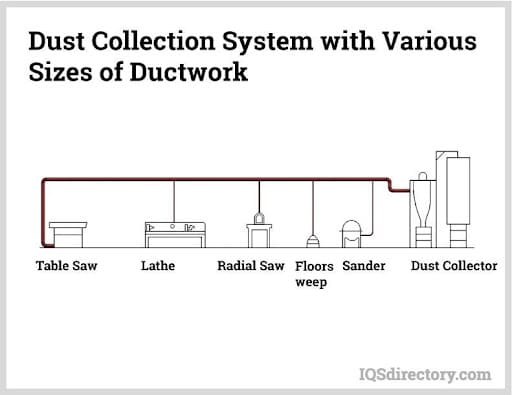
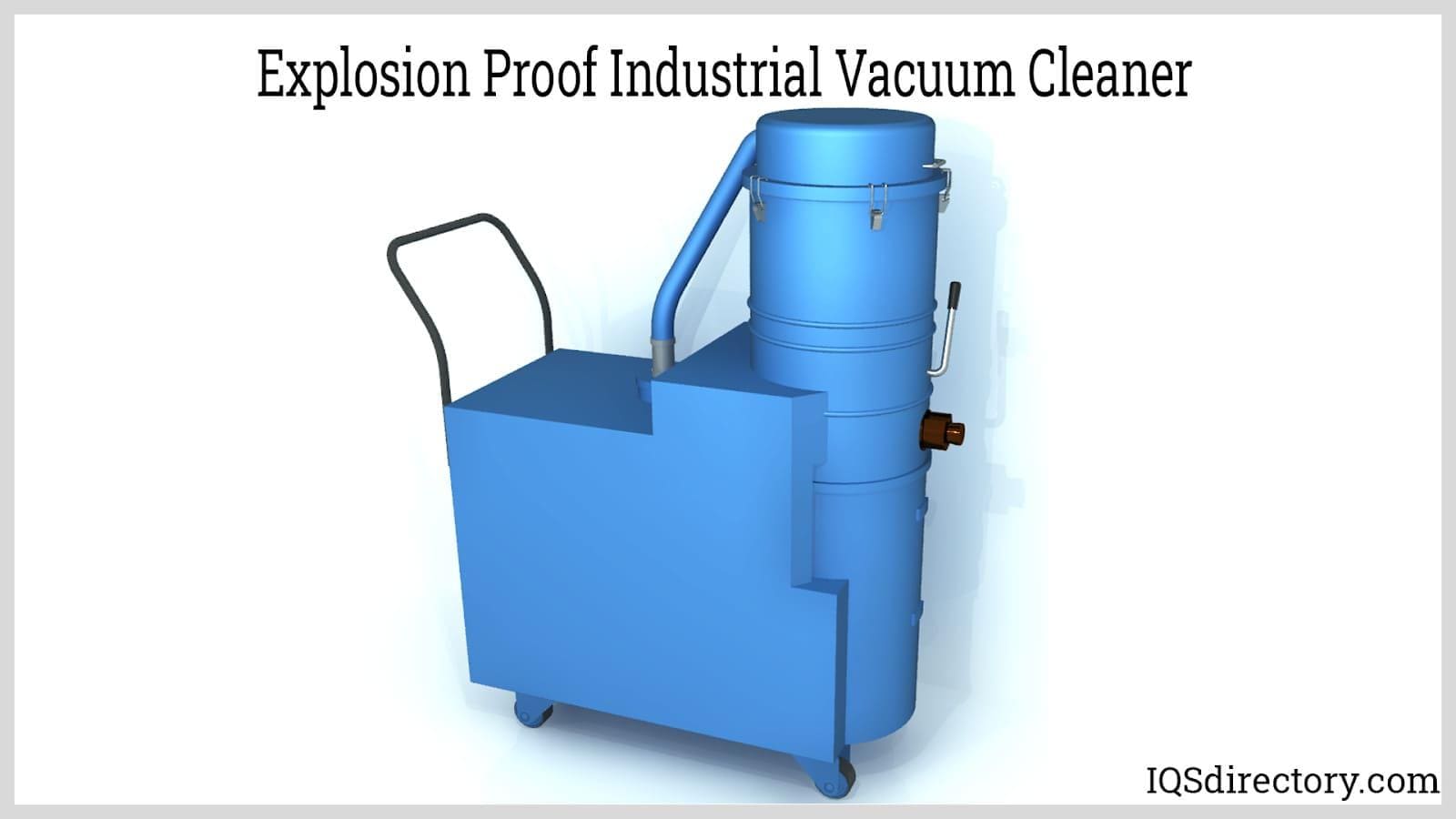
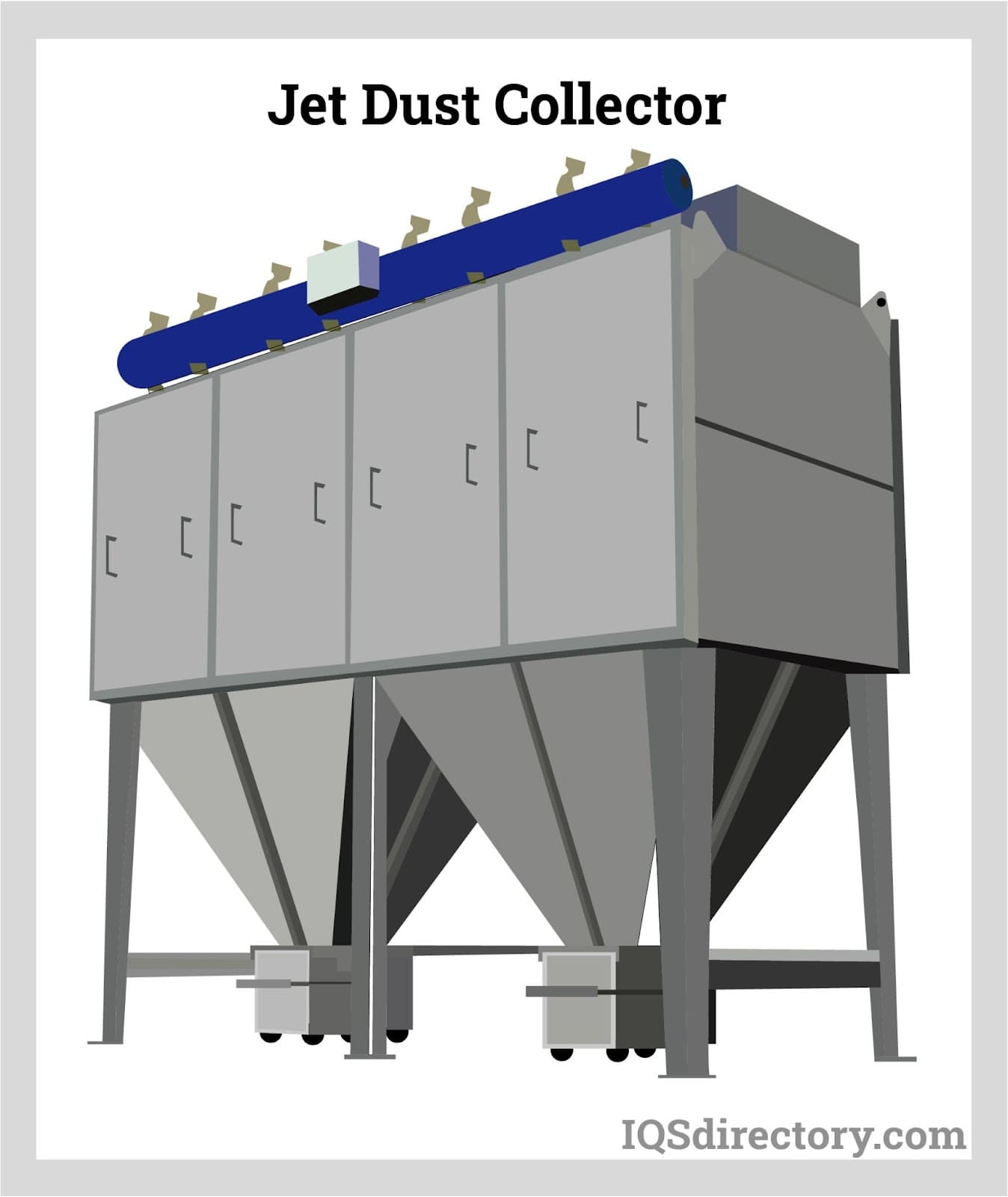
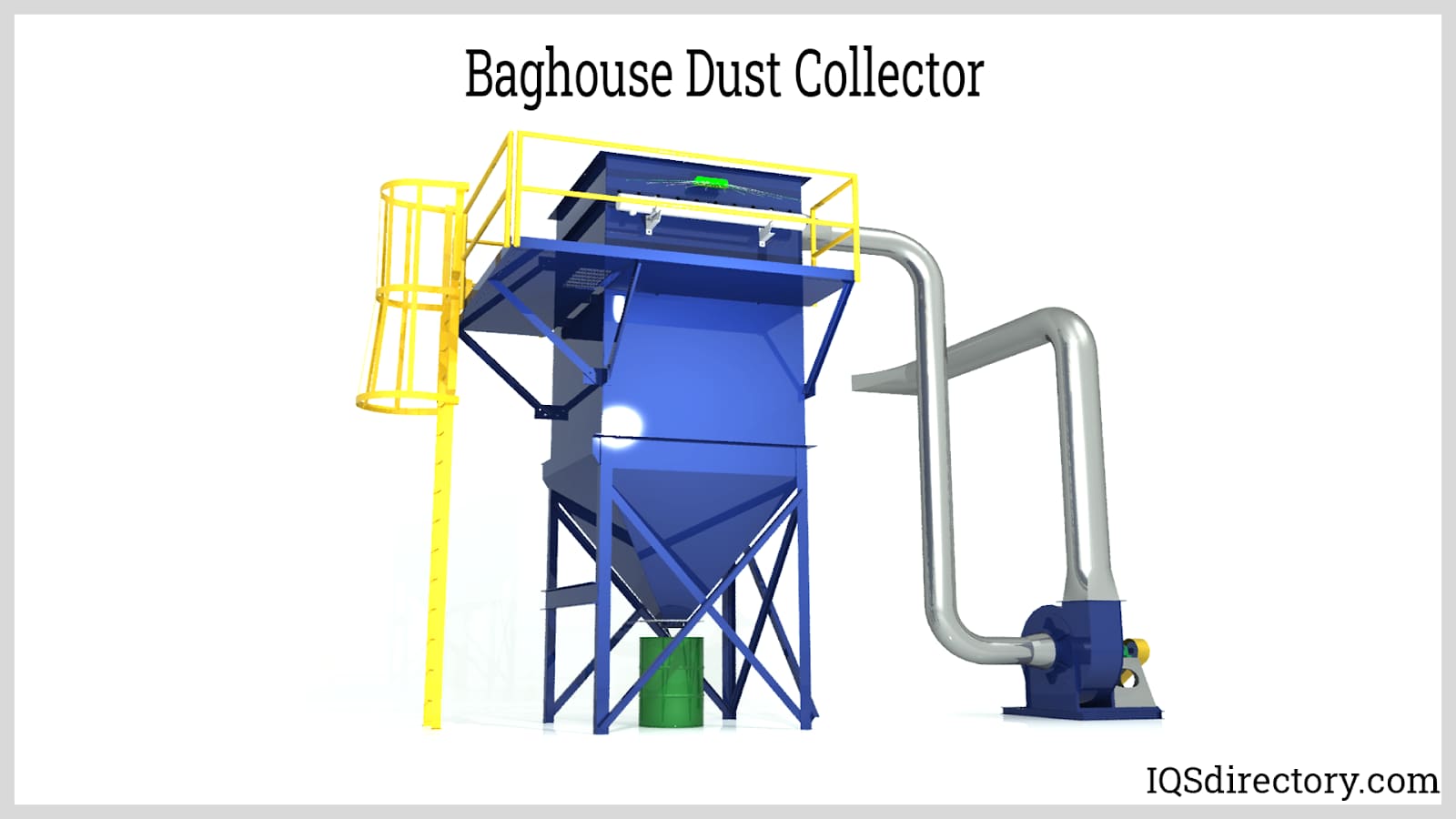
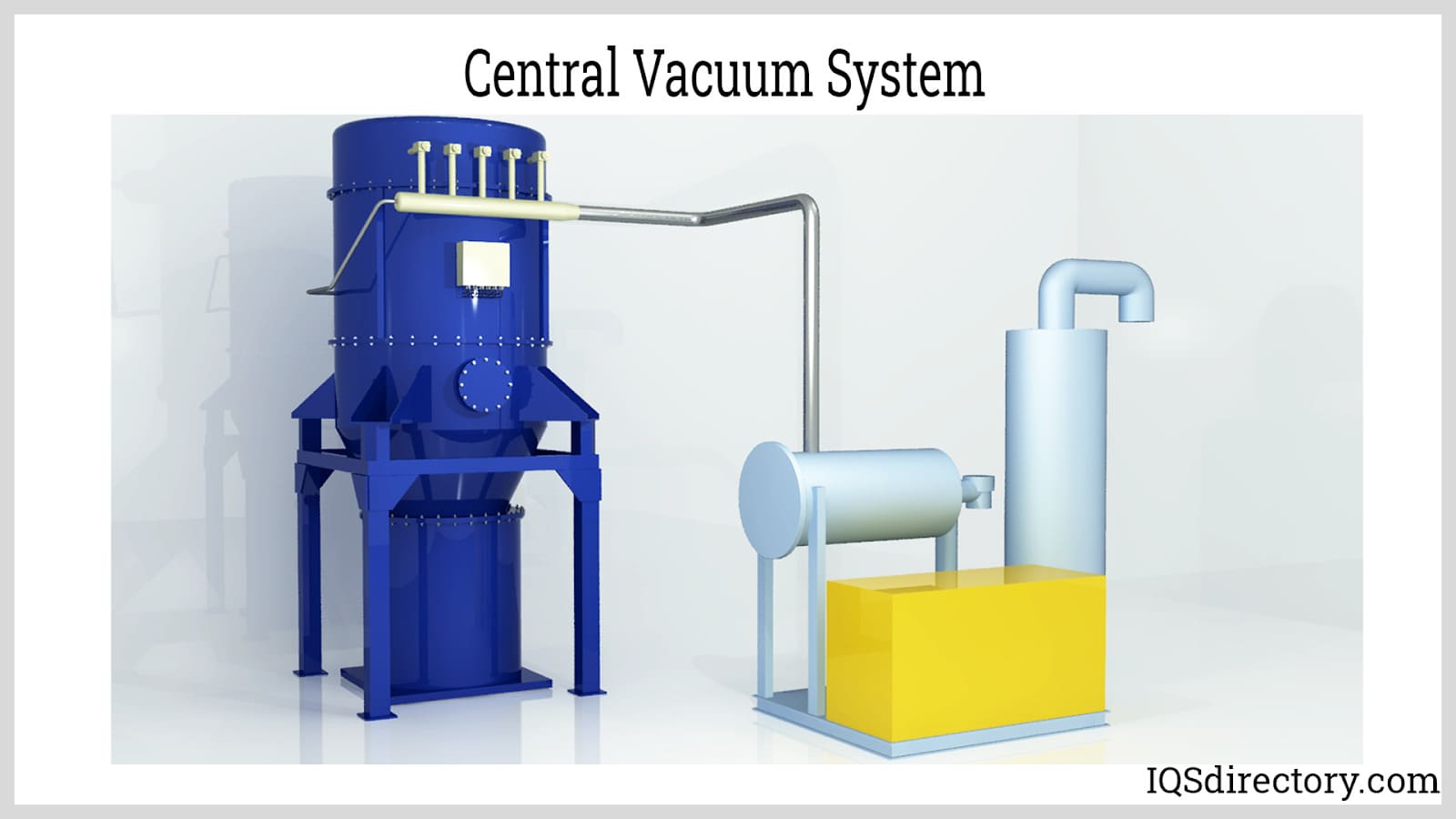
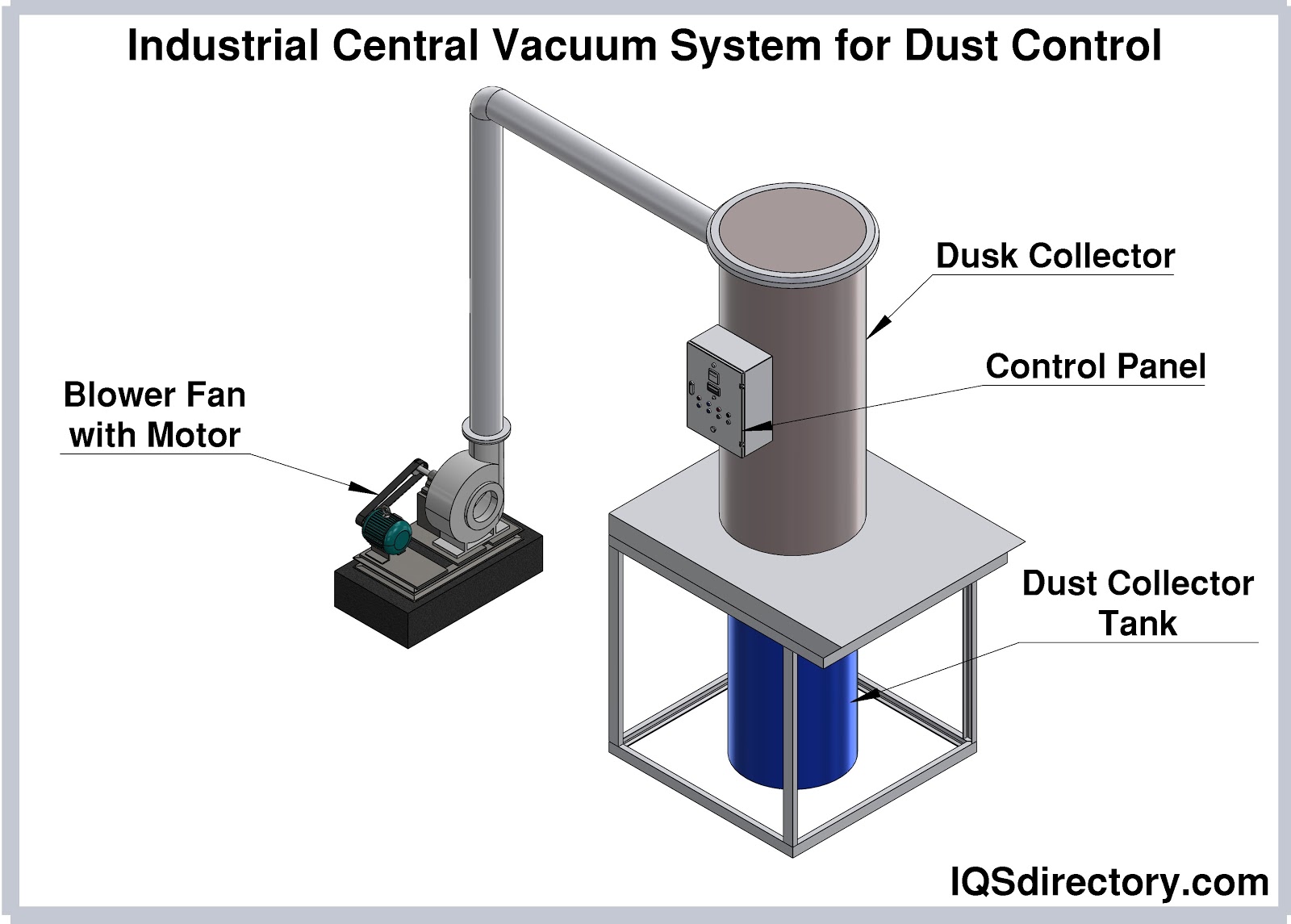
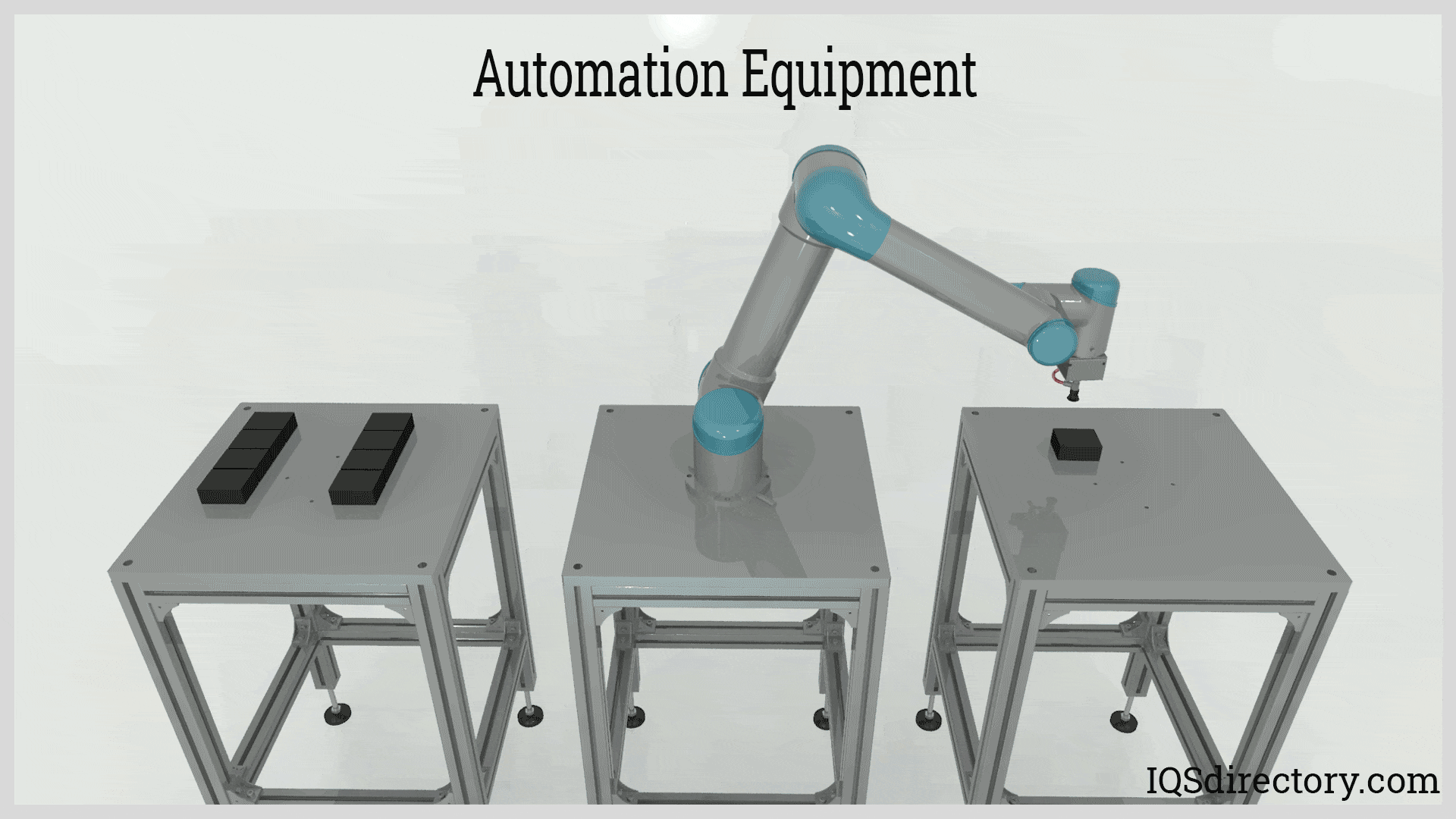
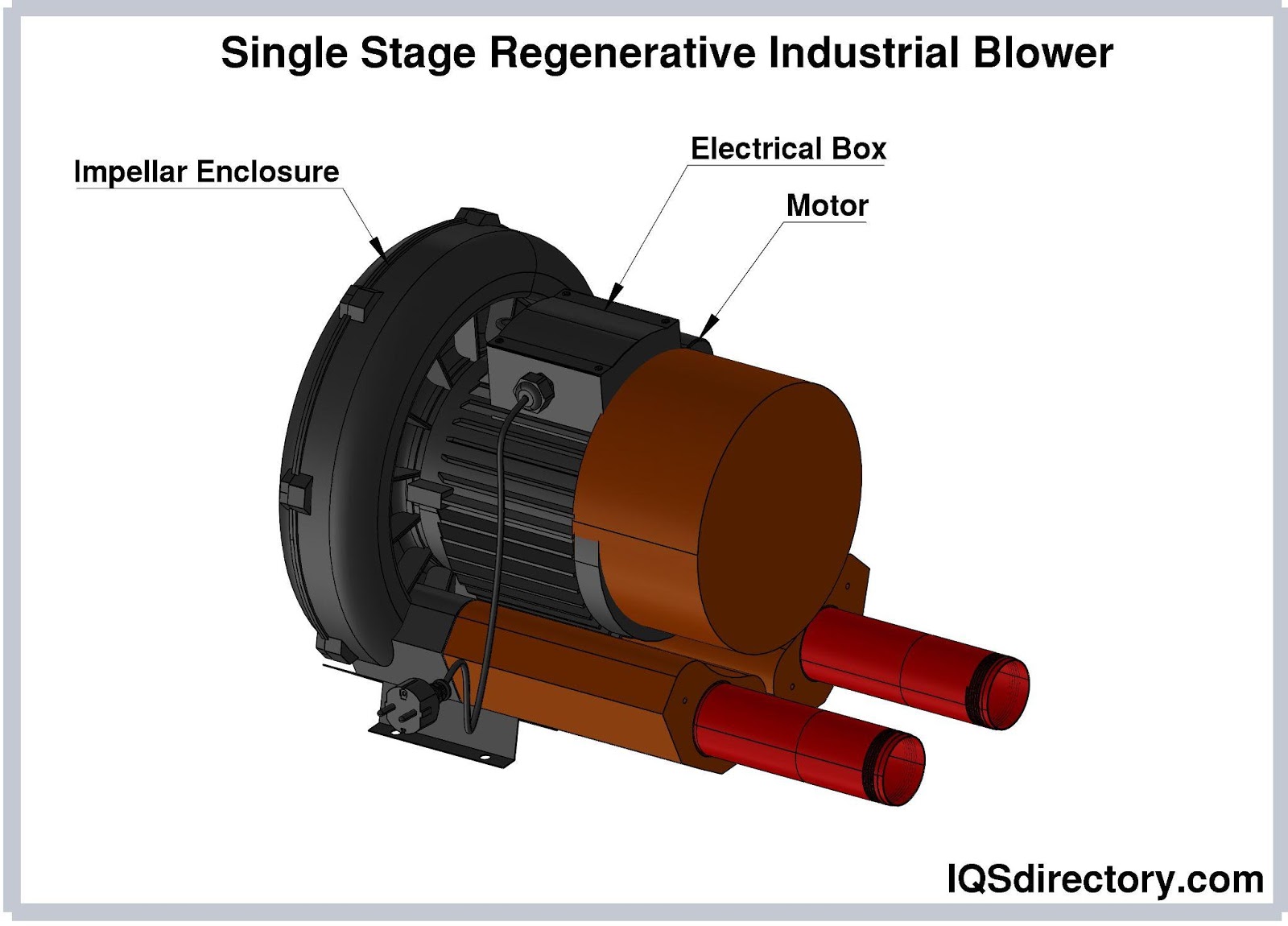
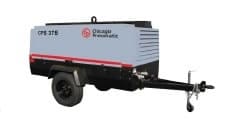 Air Compressors
Air Compressors 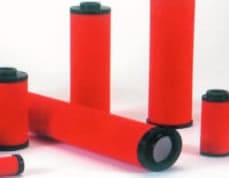 Air Filters
Air Filters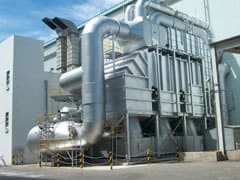 Air Pollution Control
Air Pollution Control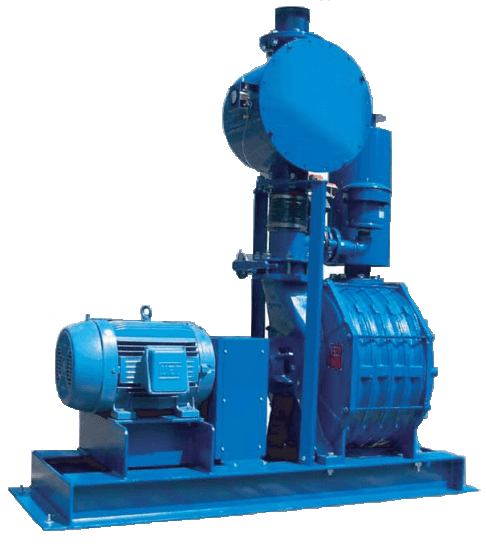 Blowers
Blowers Dust Collectors
Dust Collectors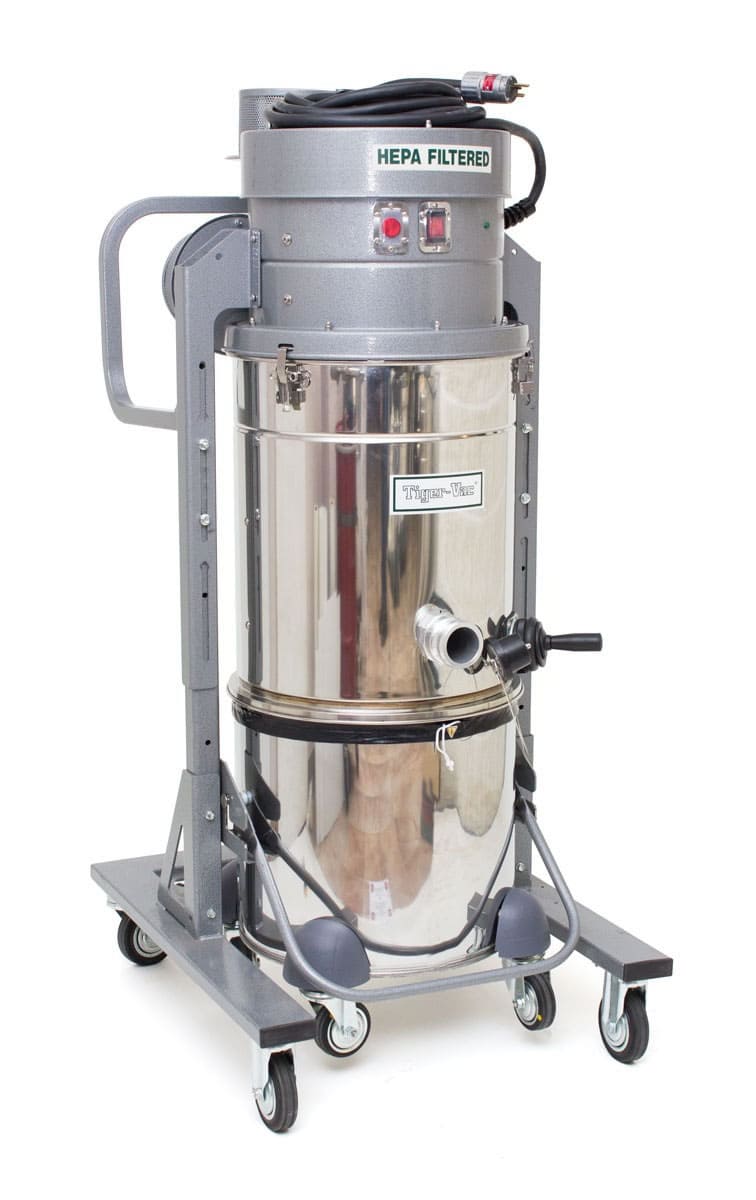 Industrial Vacuum Cleaning Equipment
Industrial Vacuum Cleaning Equipment Castings & Forgings
Castings & Forgings Bulk Material Handling
Bulk Material Handling Electrical & Electronic Components
Electrical & Electronic Components Flow Instrumentation
Flow Instrumentation Hardware
Hardware Material Handling Equipment
Material Handling Equipment Metal Cutting Services
Metal Cutting Services Metal Forming Services
Metal Forming Services Metal Suppliers
Metal Suppliers Motion Control Products
Motion Control Products Plant & Facility Equipment
Plant & Facility Equipment Plant & Facility Supplies
Plant & Facility Supplies Plastic Molding Processes
Plastic Molding Processes Pumps & Valves
Pumps & Valves Recycling Equipment
Recycling Equipment Rubber Products & Services
Rubber Products & Services